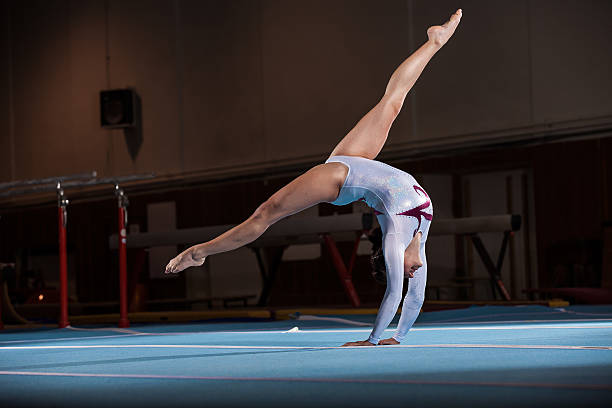Reimagining Reality: The Flourishing of Virtual Reality in Arts and Entertainment
In recent years, the world of arts and entertainment has seen the meteoric rise of a new form of expression: Virtual Reality (VR). This disruptive technology is crafting immersive experiences that are redefining our perception of art, entertainment, and the boundaries of reality itself.

The Advent of Virtual Reality in Art and Entertainment
Virtual Reality has its roots in the 1960s with the invention of the Sensorama, a machine designed to stimulate all five senses. However, it wasn’t until the turn of the millennium that VR began to permeate the art and entertainment industry. The release of affordable VR headsets, like the Oculus Rift, sparked a new wave of creativity, with artists and entertainers exploring immersive storytelling and experiential art.
The Current State of VR in the Industry
Today, VR is a burgeoning force in the arts and entertainment world. From VR art exhibits that allow visitors to step into the canvas to interactive theatre productions where audiences become part of the narrative, the possibilities are endless. Recently, the Tribeca Film Festival even introduced a VR category, acknowledging the technology’s growing influence.
The Impact and Reception of VR
The introduction of VR into the arts and entertainment industry has been met with both intrigue and skepticism. While some celebrate VR as a revolutionary medium that expands creative possibilities, others express concerns over its potential to replace traditional art forms. Nonetheless, it’s undeniable that VR has made a significant impact, transforming spectators into active participants and offering new dimensions of interactivity.
VR: A Conduit for Empathy and Understanding
One of the most profound impacts of VR is its capacity to foster empathy and understanding. By immersing viewers in different realities, VR can simulate experiences that may otherwise be alien to them. This potential has been harnessed in projects like “Clouds Over Sidra,” a VR film that offers a glimpse into the life of a Syrian refugee.
The Future of VR in Arts and Entertainment
As VR technology continues to evolve, so too will its role within the arts and entertainment industry. Current developments promise even more immersive and interactive experiences. However, the technology’s true potential may lie in its capacity to democratize art, allowing users to become creators in their own right.
The emergence of VR in the arts and entertainment industry marks a significant shift in the way we engage with creative content. As we navigate this new frontier, the only certainty is that the boundaries of reality are set to become increasingly blurred. As artists and entertainers continue to push the envelope, we can only anticipate the experiences that await us in the virtual realm.





